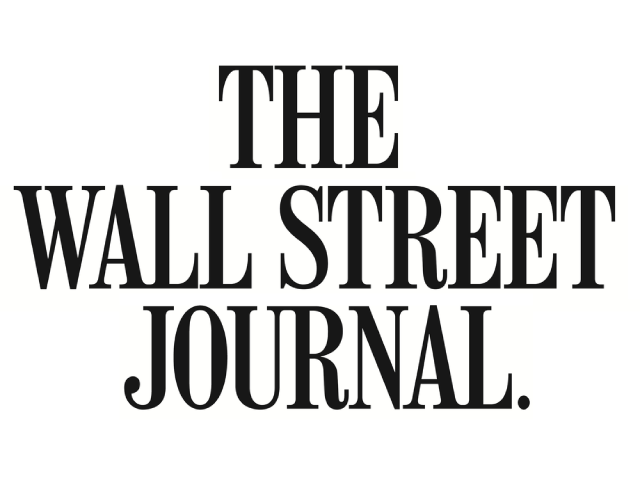The Congressional Budget Office rudely interrupted the presidential campaign recently by releasing its 10-year budget outlook. Neither Joe Biden nor Donald Trump wants to talk about the woolly mammoth in the room, but somebody has to point out that growing entitlements and debt payments are squeezing national defense.
CBO forecasts that under current law the national debt will grow to $48.3 trillion in 2034 from $26.2 trillion this last fiscal year—a whopping 84% increase. Debt as a share of GDP will rise to 116% in 2034 from 97.3%. As helpful historical context, the U.S. added $22.3 trillion in debt in its entire history through 2021, about as much as it’s projected to pile on over the next 10 years.
Don’t blame Americans for not paying enough taxes. Revenues are expected to average 17.8% of GDP through 2034, which is more than the 17.3% average over the last 50 years. The problem is that spending over the next decade will average 23.5% of GDP —significantly more than the 50-year average (21%).
Even these debt projections may be optimistic. They assume no recession and that the 2017 individual tax cuts and Inflation Reduction Act’s sweetened ObamaCare subsidies expire in 2025. Oh, and that Congress doesn’t lather on more spending, and more student debt isn’t canceled by executive decree. What are the odds?
It’s true the budget gnomes often underestimate economic growth. CBO may be pessimistic in assuming that GDP will rise on average by only 2% annually through 2034. Increased productivity from artificial intelligence and other technologies could put the country on a higher growth plane.
But in any case the growth in spending, and especially entitlements, is unsustainable. Discretionary spending is expected to climb by $372 billion over the next 10 years. But mandatory programs will balloon by some $2.5 trillion and hit $6.3 trillion in 2034, almost entirely owing to growth in Medicare, Social Security and Medicaid.
Growing deficits will compound and increase interest payments. The U.S. this fiscal year will spend an estimated $870 billion on servicing the debt, which is more than it will spend on defense. By 2034 interest payments will grow to $1.6 trillion, or 3.9% of GDP. Meanwhile, defense spending is at a postwar low of 3% of GDP, and heading lower.
As it often does, CBO underestimated this past year’s spending, especially on entitlements. Because Medicare outlays last year were higher than expected, the agency says it “increased its projections of such outlays in later years.” It also “reduced its projections of mortality from COVID-19” and “increased its projections of the population age 65 or older.”
Longer life spans for seniors are good news, but the result will be higher entitlement spending. This may mean that the Medicare and Social Security trust funds become insolvent sooner than currently forecast — 2031 for Medicare and 2034 for Social Security — forcing benefit cuts if Congress doesn’t reform the programs.
It’s declasse in Washington these days to suggest that entitlements need to be reformed. Democrats pretend that soaking the rich will make the Social Security and Medicare trust funds solvent. It won’t. Or they plan to ration care by reducing payments for medicines and providers.
Republicans say economic growth can do the job. This is essential but it’s no longer enough with entitlements growing so fast. Future benefits will have to be adjusted one way or another, and the pain will be that much less the sooner this happens.
As an aside, CBO revised up its 10-year forecast for spending on electric-vehicle and green-energy tax credits by $124 billion. It’s no surprise that more Americans are cashing in on the climate largesse, especially since the Administration expanded eligibility for the EV credit. CBO attributes the upward revision partly to the Administration’s proposed back-door EV mandate.
It’s almost as if everyone in Washington is blithely paddling toward Niagara Falls. Enjoy the scenery on the way down.
The Wall Street Journal




